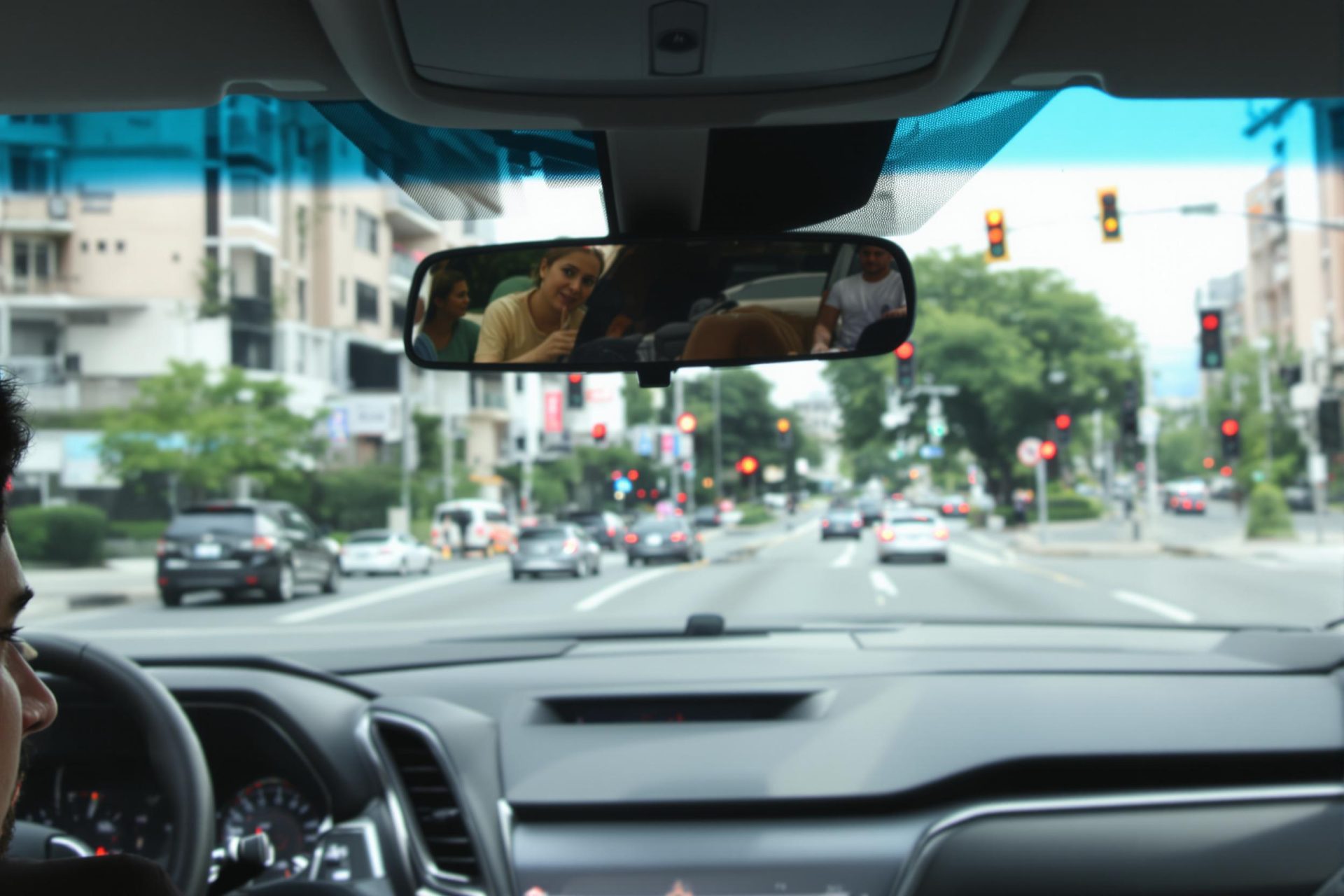Key Takeaways
- Reporters recently put Waymo’s and Tesla’s self-driving technology head-to-head in San Francisco.
- Waymo’s system delivered a notably smooth and confident driving experience, ultimately winning the comparison.
- While Tesla’s Full Self-Driving (FSD) handled highway driving, it committed a serious error by running a red light.
- This critical mistake by the Tesla was a surprising turn and the main reason it fell short in the test.
- It’s important to note the Tesla FSD software tested is “Supervised” and not the final version intended for its upcoming robotaxi fleet.
The competition in the robotaxi world is heating up. Tesla is gearing up to launch its autonomous ride-hailing service in Austin soon, while Alphabet’s Waymo continues to expand its operations in major U.S. cities.
At the heart of these vehicles are sophisticated AI systems: Tesla’s Full Self-Driving (FSD) and the Waymo Driver. In a recent test by Business Insider, these two technologies were compared on the streets of San Francisco, yielding some eye-opening results.
The testers anticipated a close race, perhaps decided by minor issues like hesitation or odd lane changes. That wasn’t the case. Instead, a significant error by the Tesla clearly favored Waymo.
For the comparison, Waymo’s Jaguar I-PACE SUVs, equipped with five lidar sensors, six radars, and 29 cameras, went up against a 2024 Tesla Model 3 using its camera-only Hardware 4 and FSD Supervised software. This Tesla software requires driver oversight and isn’t the “Unsupervised” system planned for its future robotaxis.
The test focused purely on the driving experience, taking a route from San Francisco’s Twin Peaks to the Chase Center. This path offered winding roads, varied urban landscapes, and a highway option, which Tesla’s FSD can use but Waymo currently doesn’t on public rides.
The Waymo ride impressed with its AI driver being both safe and assertive. It confidently handled yellow lights without making risky maneuvers. One amusing moment highlighted by the Business Insider team was when the Waymo, waiting at a stop sign, decided to switch to an open adjacent lane, a very human-like impatient move.
Reporters described the Waymo Driver as having an “urgency” and even a “New York cab driver energy,” feeling like it was genuinely focused on getting them to their destination efficiently. For much of the ride, the technology faded into the background, allowing for comfortable conversation.
Tesla’s FSD also offered a mostly smooth experience, commendable for relying on a simpler eight-camera system. It navigated lane changes around obstacles well and avoided any “phantom braking” issues previously reported by some owners.
A clear advantage for Tesla was its flawless highway driving, a feature Waymo is still testing for public use. However, the FSD system made some mistakes, including one very serious one.
On the return trip, while navigating San Francisco’s streets, the Tesla, for an unknown reason, ran a red light. The car’s display showed it detected the red light and even initially stopped, but then proceeded through the intersection before the light changed.
No collision occurred, as the system is adept at spotting immediate hazards. However, driving through a red light is a major safety concern. Business Insider noted that similar incidents have been reported online by other Tesla users.
This red-light violation was the decisive factor. Such an error would be an automatic fail in a human driving test and is too significant to overlook when passenger safety is paramount, especially for a future driverless service.
Interestingly, when one of the reporters later tried to route a Waymo through the same complex intersection where the Tesla faltered, the Waymo app seemed to actively avoid it, even if it was the quickest path according to Google Maps.
While Tesla’s FSD handled challenging roads almost as well as Waymo and has highway capabilities Waymo doesn’t yet offer publicly, the red-light incident gave Waymo the clear win in this particular test.
The testers expected to find minor differences between the two systems. They did not anticipate such a glaring error from the Tesla. As Tesla prepares to roll out its robotaxi service, the performance and safety of its unsupervised system will be under intense scrutiny.



